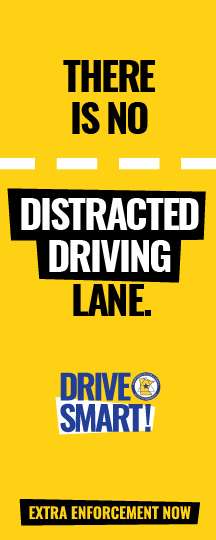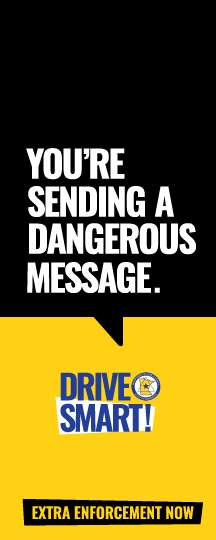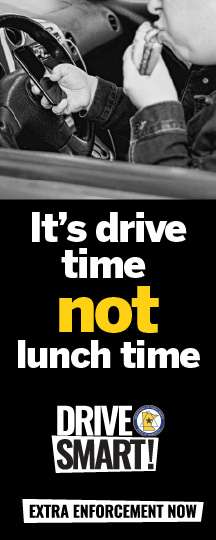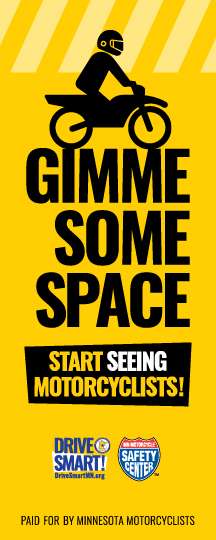Prior to the switch to the wheeled, lidded carts, the rate of materials that didn’t pass recycling muster was two percent. Since 2017, that rate has increased to about ten percent. Kris Hageman, Saint Paul’s recycling program manager, said that with more space in the large carts, more non-recyclable materials are being placed in with the recycling. Also, having a lid makes it harder for collection crews to tell what’s in the carts. Consequently, drivers tend to leave fewer education tags explaining why they didn’t collect those unacceptable materials. Hageman believes we can work together to do better.
With support from Ramsey County, the City of Saint Paul, is promoting the Recycle Smart campaign to educate residents about what cannot be placed in their blue recycling carts and why.
According to Kris Hageman, the goal of Recycle Smart is to address the issue of increased garbage contaminants ending up in recycling. She says, “We need to improve the quality of the material in our recycling carts. This is crucial both to the safety of employees sorting the materials and to the longevity of our recycling program.”
Hageman said that rules governing the allowable contamination levels in bales of recyclable material were recently tightened across the country and worldwide. It is an operationally and financially challenging time for municipal recycling programs. In some cases, certain materials are no longer accepted in programs, materials are stockpiled waiting for markets, or, in extreme cases, they’re being landfilled.
“In Saint Paul, we are fortunate that 100 percent of our recyclable materials are marketed within North America and over 80 percent are marketed within Minnesota,” said Hageman. She stresses that “our residents can feel confident that none of our recyclable materials are being landfilled or incinerated.”
The Recycle Smart campaign encourages residents to think a little more about what belongs in the blue cart and how they can help keep recycling viable in our city.
“We are targeting the most problematic and harmful items. This includes things like plastic bags, large plastic items, like your laundry tubs and storage bins, random metal items like pipes, pots, pans, and fuel tanks, as well as syringes and needles. These items should never be placed in your recycling cart.”
Rather than guess what can be recycled, residents can learn more online at stpaul.gov/recycle; click on Recycle Smart. Or, visit eurekarecycling.org and sign up for the Solid Waste App.























